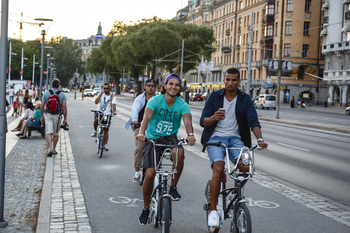Local potential in a diverse Nordic Region

The countries and territories involved in the Nordic Cooperation are divided into 74 administrative regions, which are remarkably diverse in many respects. However, although significant differences exist at both the national and the regional levels, they are still sufficiently similar for a comparison to be valid.
The Regional Potential Index (RPI) presented in the State of the Nordic Region 2018 thus compares these 74 regions and tries to quantify the variety while also assessing the relative potential of each region in regional development terms. The Index is based on the performance of each of the regions in terms of demography, labour force and the economy and follows traditional standards for statistical comparisons.
The results of the Regional Potential Index 2018 show that urban regions continue to occupy the top ranks. There is however a great deal of movement further down the list. Those regions that have improved in rank are primarily located in Iceland, Sweden and the Faroe Islands while those that have reduced in rank are to be found mainly in Norway and Finland, with Denmark occupying something of a status quo position.
Download Regional Potential Index:
Contacts
Julien Grundfelder, Nordregio, julien.grundfelder@nordregio.org




